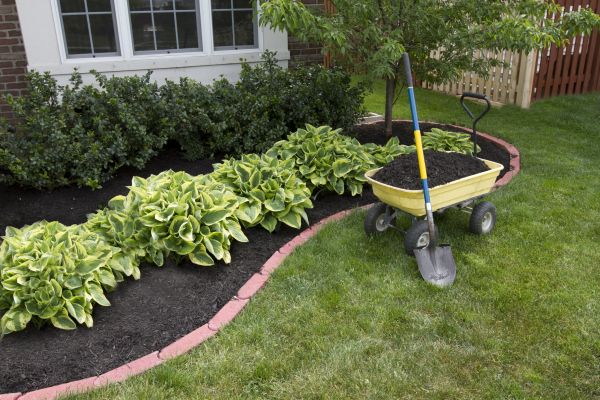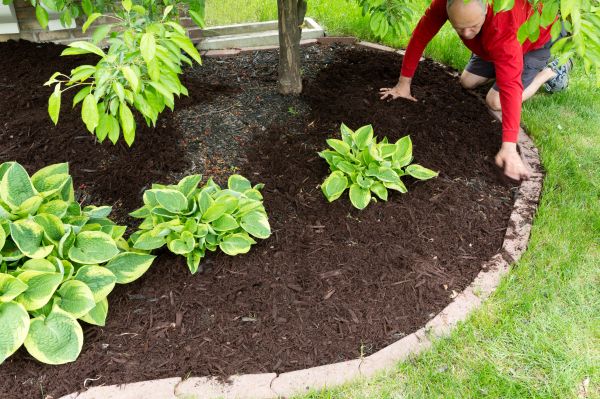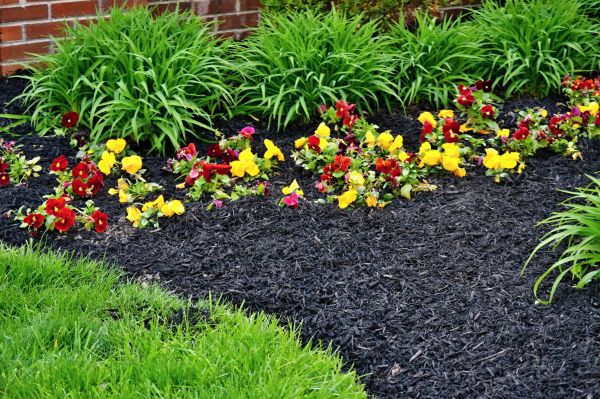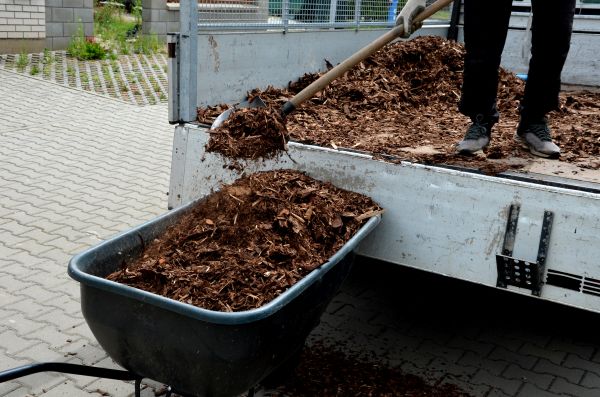
Mulch Restoration in Ocean County
Get Mulch Restoration in the Ocean County, NJ area. Fill out the simple contact form and describe what you need.
Benefits of Mulch Restoration Service
1. Enhances Soil Health: Mulch restoration service helps improve soil health by retaining moisture, regulating temperature, and reducing weed growth. It also adds organic matter to the soil, promoting beneficial microbial activity.
2. Prevents Erosion: By covering the soil surface, mulch restoration service prevents erosion caused by wind and water. It acts as a protective layer, keeping the soil in place and reducing the risk of nutrient runoff.
3. Suppresses Weed Growth: Mulch restoration service helps suppress weed growth by blocking sunlight and preventing weed seeds from germinating. This reduces the need for herbicides and manual weeding, saving time and effort.
4. Improves Plant Health: Mulch restoration service creates a favorable environment for plant growth. It insulates plant roots, regulates soil temperature, and retains moisture, reducing stress on plants and promoting healthy root development.
5. Enhances Aesthetic Appeal: Mulch restoration service adds a polished and neat appearance to landscapes. It provides a consistent and uniform look, enhancing the overall aesthetic appeal of gardens, flower beds, and other outdoor spaces.
Summary of Benefits:
- Enhances soil health
- Prevents erosion
- Suppresses weed growth
- Improves plant health
- Enhances aesthetic appeal
Common Questions about Mulch Restoration Service:
1. How often should mulch be restored?
Mulch restoration frequency depends on various factors such as climate, mulch type, and the rate of decomposition. As a general guideline, it is recommended to restore mulch annually or biennially to maintain its effectiveness.
2. Can I use any type of mulch for restoration?
Yes, you can use various types of mulch for restoration, including organic mulch (such as wood chips or bark) and inorganic mulch (such as gravel or rubber mulch). The choice of mulch depends on your specific needs and preferences.
3. How thick should the mulch layer be during restoration?
The ideal thickness of the mulch layer during restoration is typically around 2 to 4 inches. However, it may vary depending on the type of mulch used and the specific requirements of your plants. It is important to avoid excessive mulch depth, as it can lead to moisture retention issues.
Simply fill out the contact form to get connected to local professionals fast.

